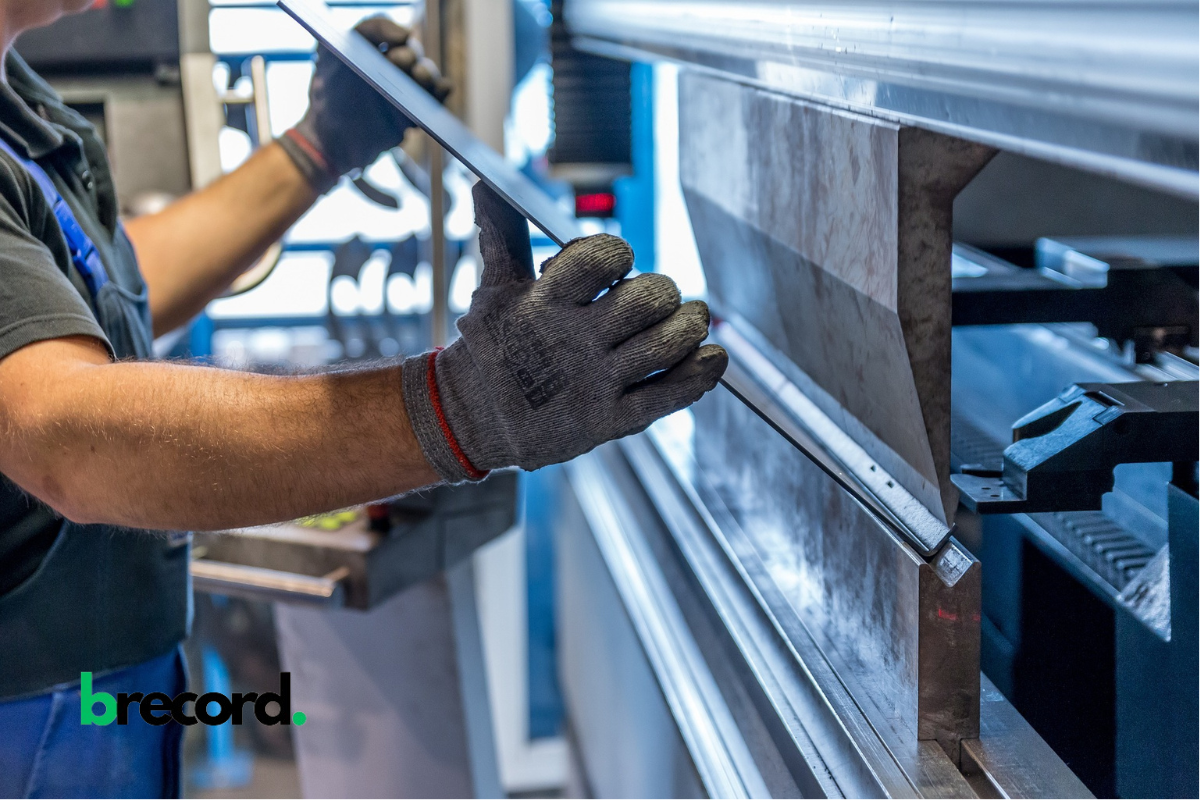Anodizing is an indispensable technique in various manufacturing industries. It provides unwavering protection and improves the aesthetics of structural components. From aerospace and aircraft parts to consumer electronic and medical devices, there are many places you can use an anodizing coating.
If you are looking to use an anodizing coating to finish a manufactured part, it is normal to wonder how good or bad this process is. This article will explain what anodizing coating is, the pros and cons of anodizing, and common alternatives you can use for your project.
What is Anodizing Coating
Anodizing, also known as anodization, is an electrolytic passivation process that creates a durable and resistant oxide layer on the workpiece. This technique is better than traditional operations where you apply a layer of coat for protection. In anodizing coating, the surface of the workpiece is transformed as the oxide layer grows into a continuous and porous one. This enhances aesthetics and helps the part perform better in demanding applications.
The process of anodizing coating begins with cleaning the workpiece and chemically etching it if needed. You then prepare the electrolyte bath which can be sulfuric or chromic acid depending on the types of anodizing process. Immerse the workpiece in the bath and pass an electric current. The porous aluminum oxide layer forms continuously and uniformly. The final step involves coloring and sealing. While anodizing coating is often associated with aluminum alloys, it works perfectly with other metals. You can use an anodizing coating to finish titanium, zinc, and magnesium.
Is Anodizing Coating Good or Bad
The answer to this question is not straightforward. Just like many manufacturing and finishing techniques, anodizing coatings come with many benefits and some limitations. Whether it is good or bad depends on the specific requirements of your project and what you aim to achieve. Having a thorough knowledge of the pros and cons of anodizing coating will help determine if it is the perfect technique for you.
Benefits of Anodizing Coating
There are many benefits anodizing coating provides when used as the finishing technique in product development. Let’s look at some of them
- Enhanced Durability
The durability of anodized coating is second to none. This process increases surface hardness as the oxide layer grows from the base metal. The oxygen ions react at the molecular level and become a part of the workpiece surface. This feature makes the final part highly resistant to mechanical wear.
- Superior Corrosion Resistance
Parts that have undergone anodizing coating stand out because of their superior corrosion resistance. The protective layer is thick and is less likely to corrode even in harsh environments. The layer forms like a barrier that shields the substrate. This ultimately saves costs as there is a reduced need to frequently replace the parts.
- Aesthetics
Anodizing coating brings out the creativity in you. The anodized layer is porous and can be easily dyed into different colors. It allows you to achieve your aesthetic goals as the final parts can come in various vibrant colors. Aside from coloring the anodized parts, you can also finish them to give a metallic and matte appearance. The parts are durable and will not fade or chip.
- Thermal and Electrical Insulation
Another benefit you will get from the anodizing coating is the thermal and electrical insulation the components provide. The anodic layer is heat resistant and does not break down when exposed to elevated temperatures. Furthermore, aluminum anodized parts are good electrical insulators. Using them for electronic enclosures helps to protect the end users.
- Environmental Benefits
Anodizing coating provides remarkable environmental benefits. The process is energy-efficient and eco-friendly. It keeps the environment green as the production of harmful by-products is limited. Furthermore, the coatings are non-toxic and easy to clean. After their lifespan, it is possible to recycle the parts and use them in other applications.
Drawbacks of Anodizing Coating
Despite the many benefits of anodizing coating, the process comes with some shortcomings. The following are some limitations of using anodizing coating.
- High Cost
The cost of anodizing coating is on the high side. This can be a limitation for small and medium-scale businesses. It is expensive to purchase and set up the specialized equipment used in anodization. Furthermore, the acids you use can be expensive depending on the type. Note that the labor cost of anodizing is high because the process needs to be monitored closely.
- Thickness Limitations
The thickness limit of anodizing coating differs and ranges between 10 to 50 micrometers. Hence, this technique may not be suitable for applications that require thick and hard coatings such as those used under stress. Furthermore, this thickness range also limits the protective function of the final part. When thick and even layers are required, consider using the type III anodizing process.
- Difficulty to Rework
During routine maintenance and repair, it can be challenging to rework a previously anodized part. To go about this, you have to remove the old anodized layer to give room for new ones. This requires a careful approach to prevent damaging the underlying metal. Another difficulty you may face when reworking is color inconsistencies. It may be challenging to completely remove the old dye.
- Porosity Issues
The anodizing coating process inherently forms pores in the layer. While this has advantages, it can cause serious issues in many instances. The pores serve as a reservoir for moisture, oil, and other forms of contaminants if you do not properly seal them. This can affect the integrity and strength of the final part. Furthermore, pores make the parts susceptible to environmental damage and degradation.
What are the Alternatives to Anodizing Coating
There are other surface surface treatment techniques you can use in place of anodizing coating. They include powder coating, plating, and painting. Let’s discuss these processes in detail
- Powder Coating
Powder coating is an electrostatic process that applies free-flowing and dry powder particles on the surface of a workpiece. The powder is charged and sits well on the surface when sprayed over it. The last step in powder coating involves curing in an oven. Here, the powder melts and hardens to form a durable coating. Powder coating is versatile and compatible with many engineering materials. It is eco-friendly and produces minimal waste. Before using powder coating, make sure the metal can withstand high temperatures.
- Plating
Plating is another alternative to anodizing coating. In plating, what you do is add a thin layer of metal on the surface of another metallic workpiece. This gives a coating that improves both aesthetics and performance. Furthermore, the final parts are electrically conductive and corrosion-resistant. Plating can be divided into electroplating and electroless plating.
Electroplating: This technique involves the use of electric current to drive a chemical reaction. Electroplating is more expensive and only suitable for conductive materials.
Electroless Plating: Here, you do not use any external power source. Electroless plating comes with lower operating costs and produces minimal waste.
- Painting
Painting is one of the most common surface finish techniques used in product development. It entails spraying or applying liquid paint using a brush on a part. There are different types of paints available with the most common being polyurethane, epoxy, alkyd enamel, and acrylic. The one you go for depends on your budget and project requirements. Painting is easy to carry out even for novices. It is relatively cheap and suitable with many materials. The major drawback of painting is the tendency to flake and peel off over time.
Conclusion
Anodizing coating is a type of surface treatment that produces a thick and durable oxide layer. The final anodized aluminum sheets come in various colors and can be used in high-stress environments. While anodizing coating remains a mainstay in many industries because of its unparalleled benefits, it has some limitations. Anodizing can be expensive and may not be suitable for applications with thick coating requirements.
Also Read: Meet the AI Art Rabbit Psychiatrist



